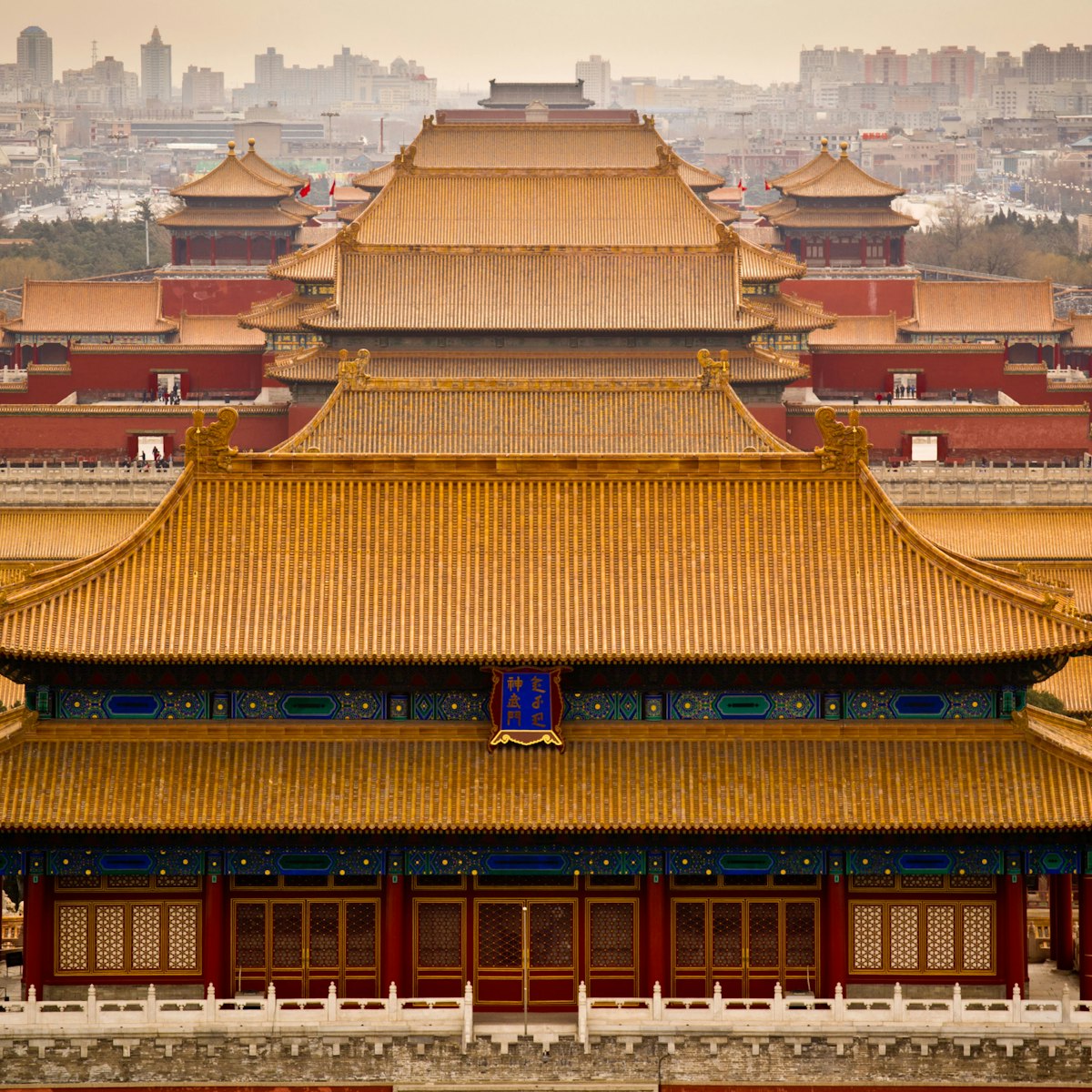
Forbidden City & Dongcheng Central
Enclosed by 3.5km of citadel walls at the very heart of Beijing, the Unesco-listed Forbidden City is China’s largest and best-preserved collection of…

Forbidden City & Dongcheng Central
Enclosed by 3.5km of citadel walls at the very heart of Beijing, the Unesco-listed Forbidden City is China’s largest and best-preserved collection of…
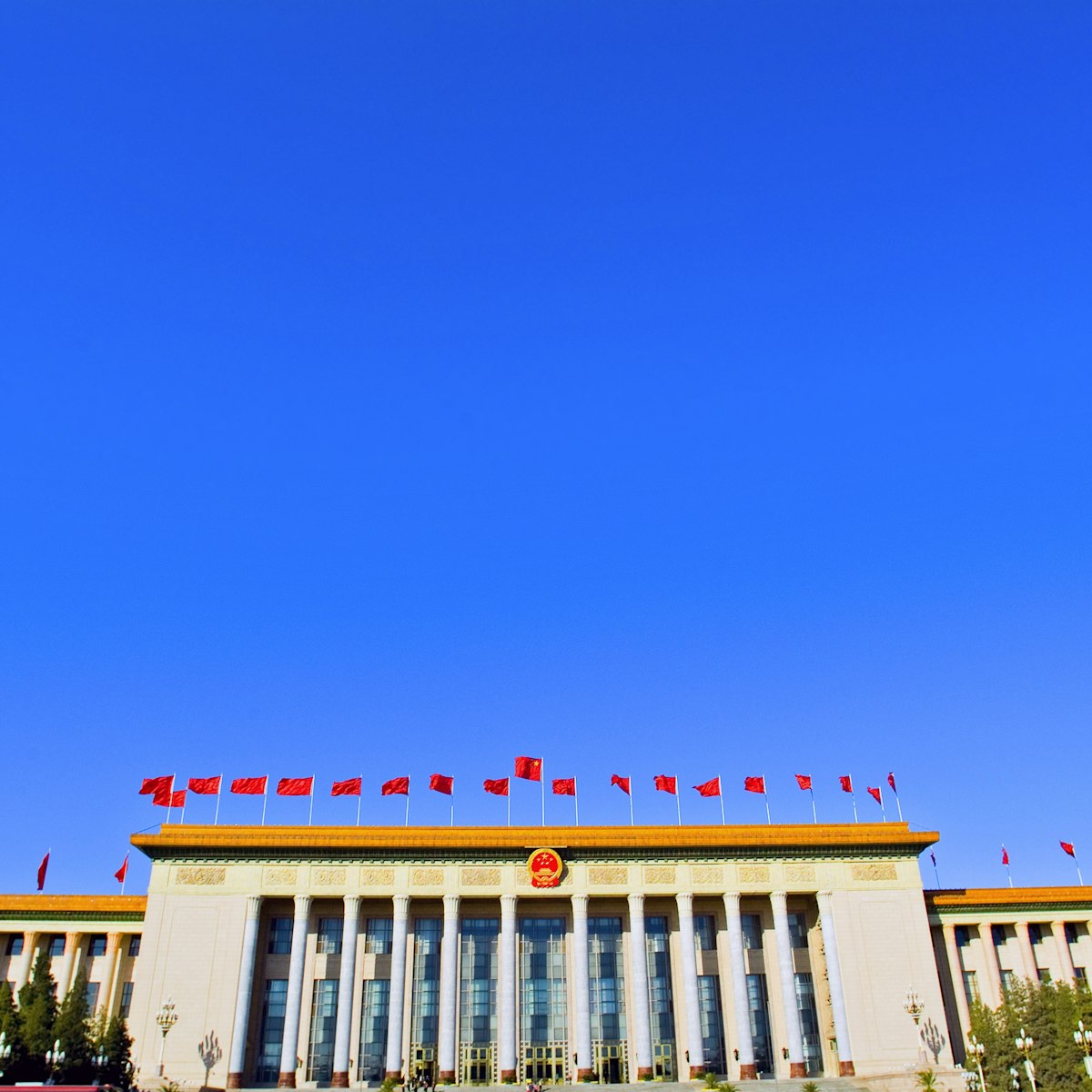
Forbidden City & Dongcheng Central
Flanked by triumphalist Soviet-style buildings, Tian'anmen Sq is an immense void of paved stone (440,000 sq metres, to be precise) at the symbolic centre…
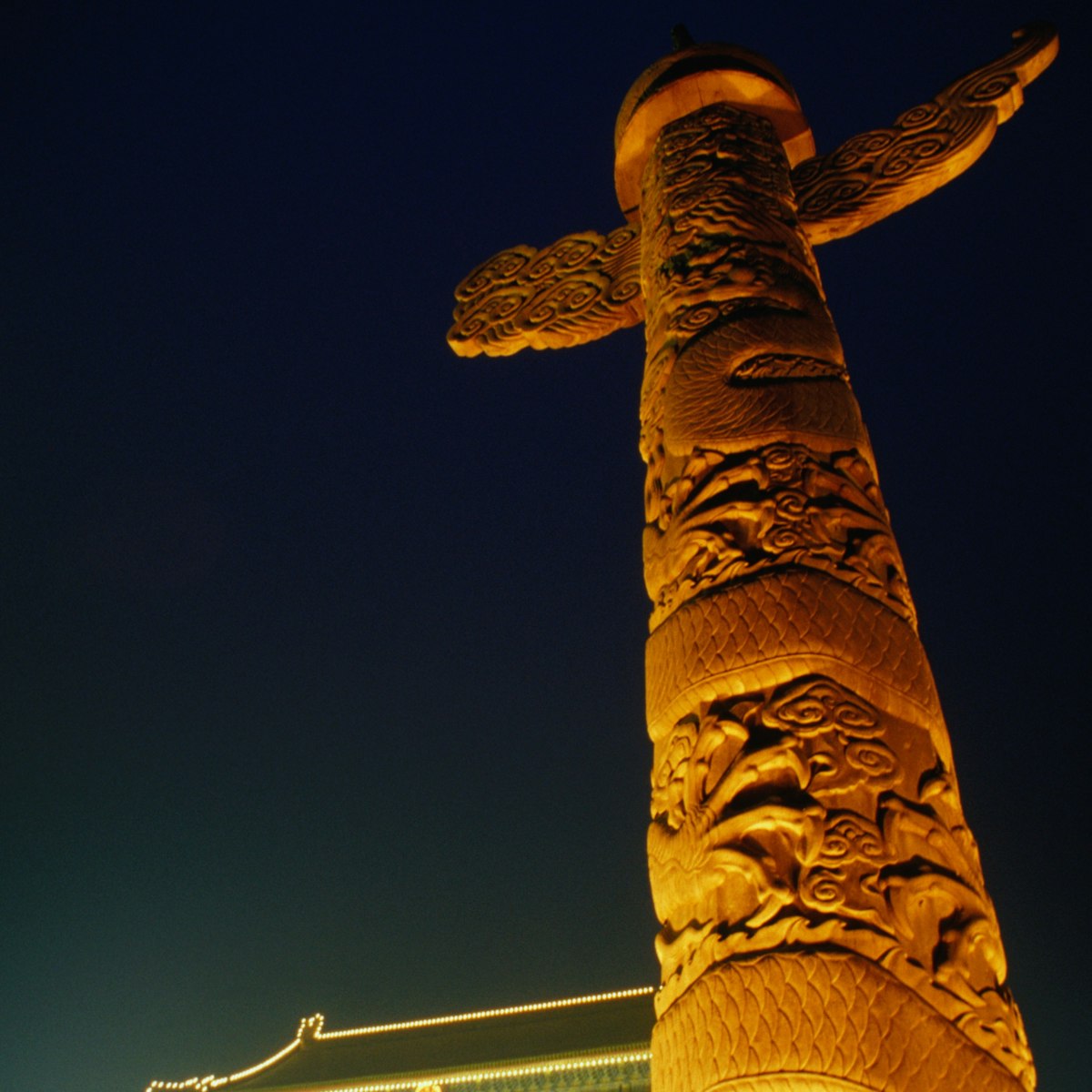
Forbidden City & Dongcheng Central
Instantly recognisable by its giant framed portrait of Mao, and guarded by two pairs of Ming dynasty stone lions, the double-eaved Gate of Heavenly Peace …

Forbidden City & Dongcheng Central
One of Beijing's more surreal spectacles is the sight of Mao Zedong's embalmed corpse on public display within his mausoleum. The Soviet-inspired memorial…
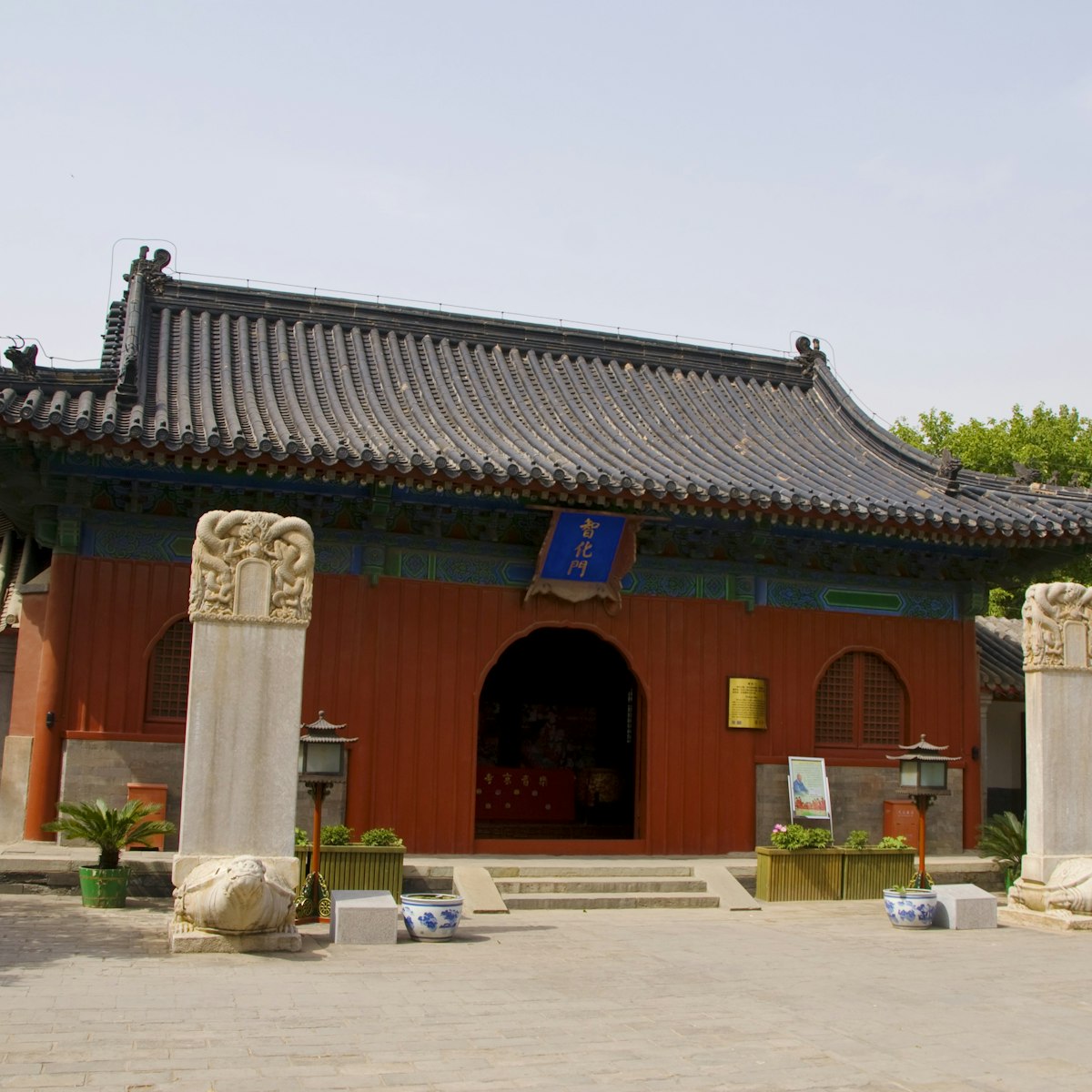
Forbidden City & Dongcheng Central
Lost in a tumbledown hutong neighbourhood, this Buddhist temple is one of Beijing's best-preserved Ming dynasty structures. It was built in 1444 to honour…
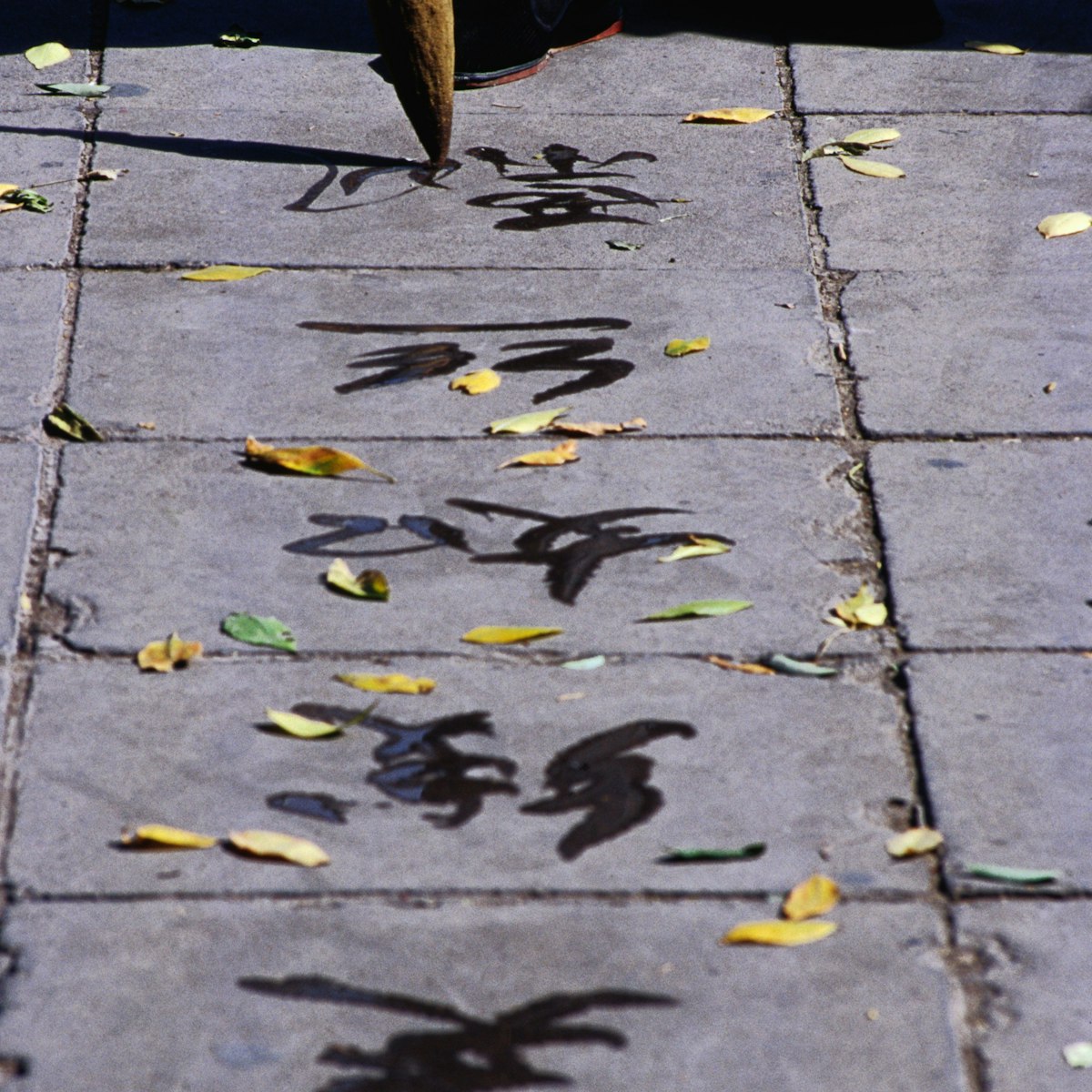
Forbidden City & Dongcheng Central
Beijing's finest park is also one of the only hills in the inner city, a mound that was created from the loess (sediment) excavated to make the Forbidden…

Forbidden City & Dongcheng Central
One of Beijing's best-kept secrets – despite being next to the Gate of Heavenly Peace – the Workers' Cultural Palace was gifted to the masses by Mao in…
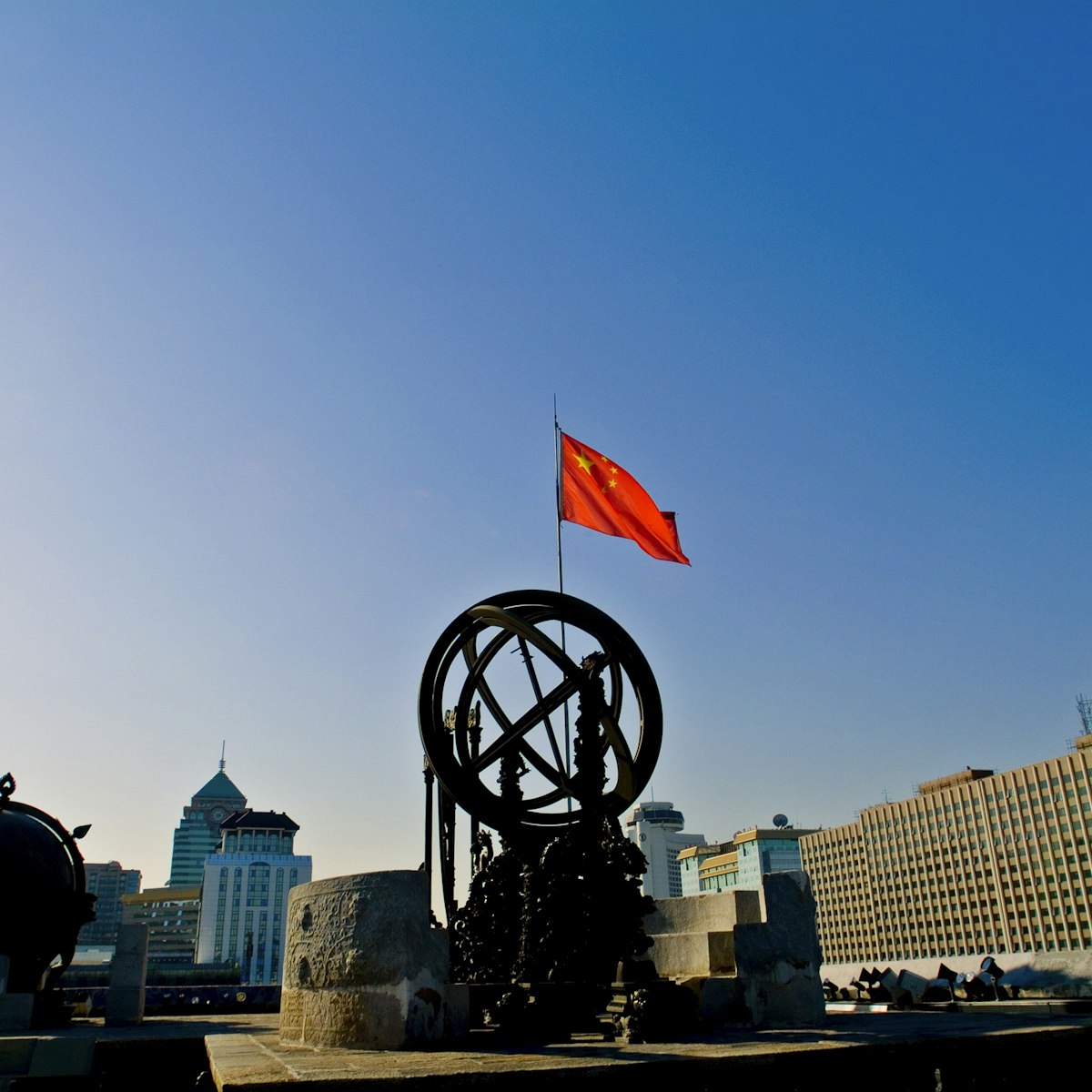
Forbidden City & Dongcheng Central
Astronomers have been studying the mysteries of the cosmos here since 1442. Crowning the 18m-high brick tower – an earlier version of which would have…
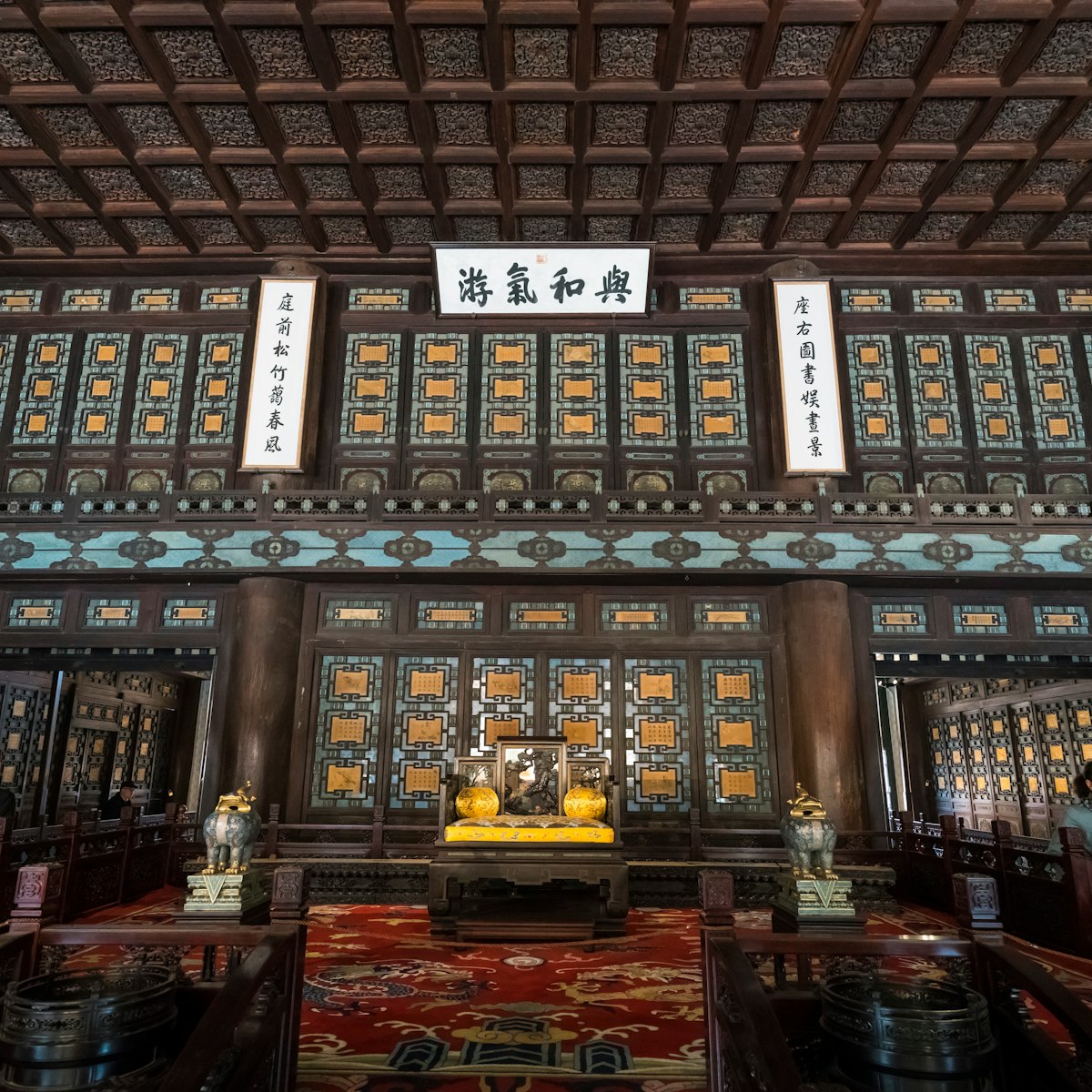
Forbidden City & Dongcheng Central
In the northeastern corner of the complex is the Treasure Gallery (or Complete Palace of Peace and Longevity, 宁寿全宫, Níng Shǒu Quán Gōng), a…
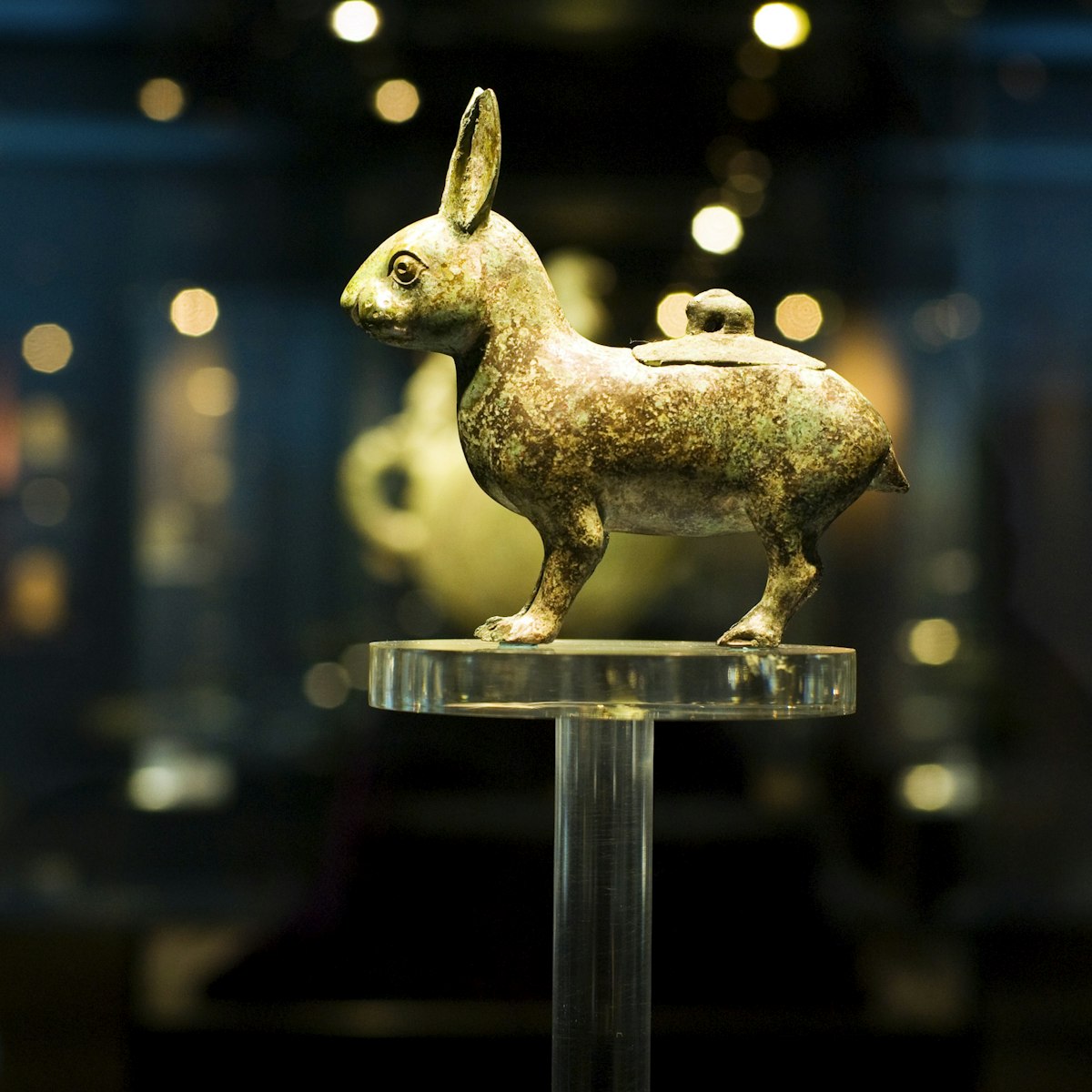
Forbidden City & Dongcheng Central
A thrilling discovery, this exquisite collection of treasures is hidden halfway up an office building! China's state-owned Poly Group has funnelled a…
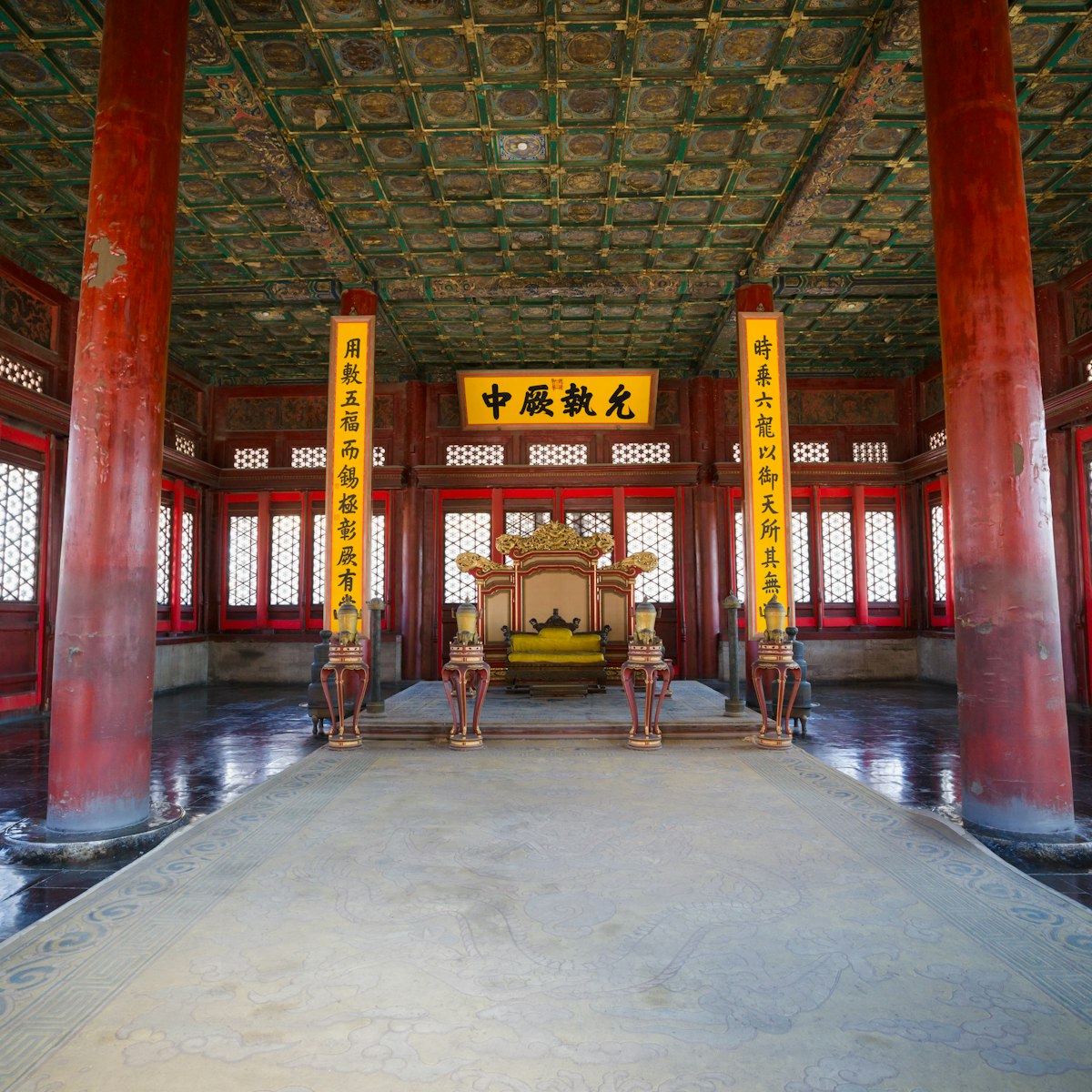
Forbidden City & Dongcheng Central
Behind the Hall of Supreme Harmony is the Hall of Central Harmony, which was used as the emperor’s transit lounge. Here he would make last-minute…

Forbidden City & Dongcheng Central
One of the Three Great Halls, this is the most important and largest structure in the Forbidden City. Built in the 15th century and restored in the 17th…

Forbidden City & Dongcheng Central
The Gallery of Clocks is one of the unmissable highlights of the Forbidden City. Relocated from the Hall for Ancestral Worship in 2018 (in order that the…

Forbidden City & Dongcheng Central
The main attraction within the Workers' Cultural Palace is the monumental Sacrificial Hall, as exquisite as any temple you'll find in Beijing. Built in…

Forbidden City & Dongcheng Central
The hall where emperors worshipped their ancestors (under restoration at time of research). Once held the spirit tablets of deceased Qing emperors.
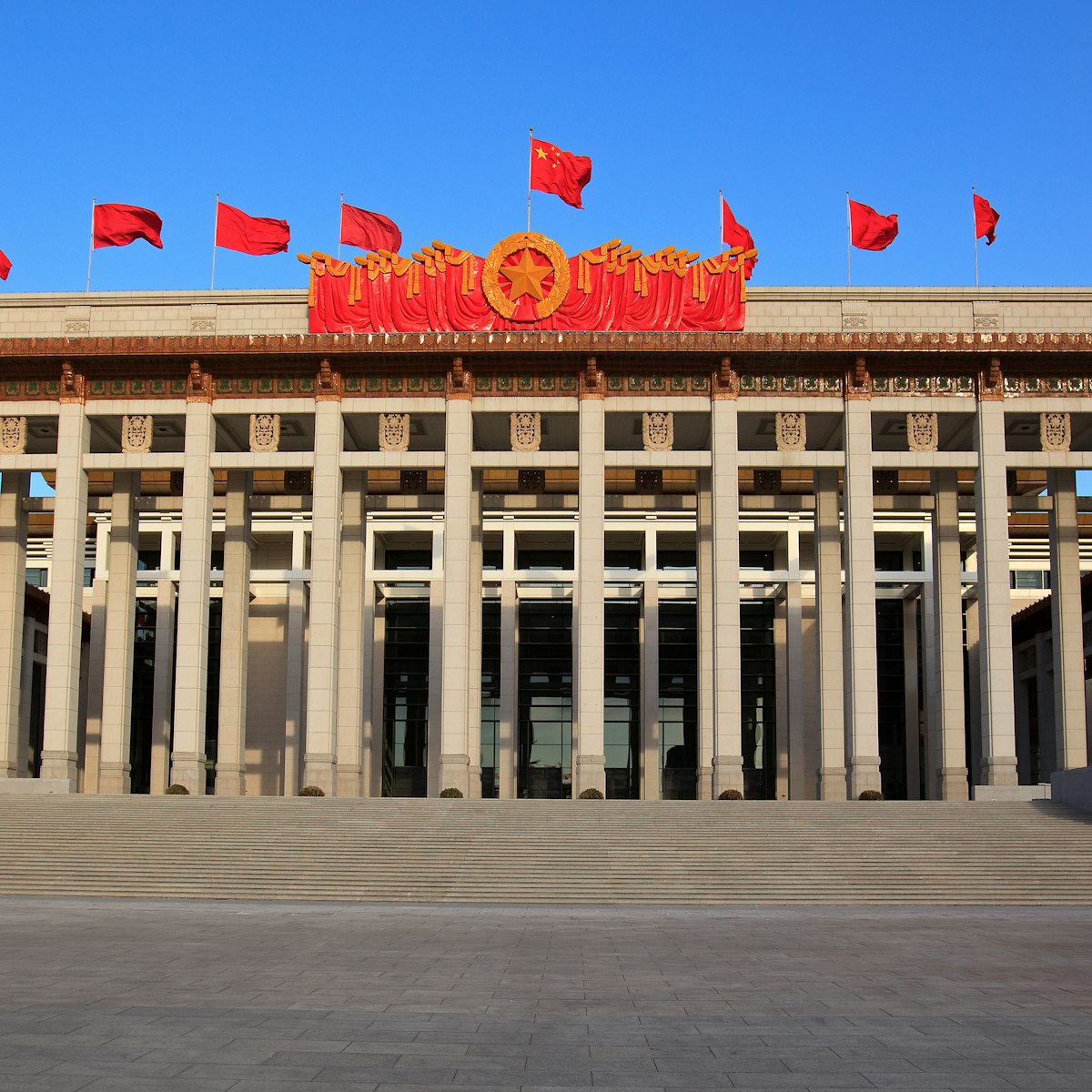
Forbidden City & Dongcheng Central
Vast and energy-sapping, China's showpiece museum is housed in an immense 1950s Soviet-style building on the eastern side of Tian'anmen Sq, and claims to…
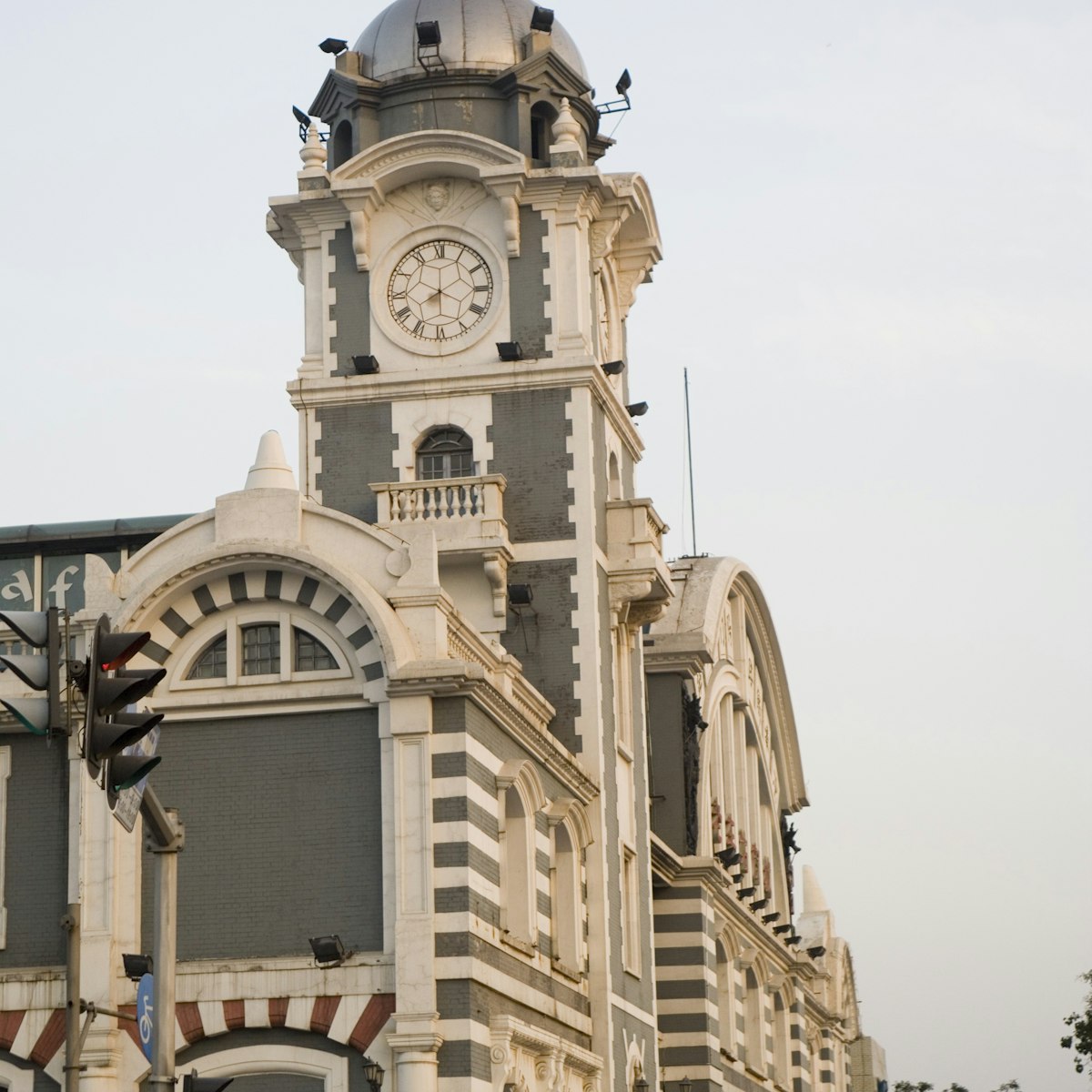
Forbidden City & Dongcheng Central
Following the Second Opium War in 1860, one of Britain's treaty demands was for permanent diplomatic digs in Beijing, hence the Legation Quarter, a three…

Forbidden City & Dongcheng Central
Monolithic and intimidating, the Stalinist Great Hall of the People (1959) houses the highest organ of state power, the National People’s Congress (NPC)…

Forbidden City & Dongcheng Central
Qianmen, aka 'Front Gate', consists of a pair of gate-like structures: the northernmost is the 40m-high Zhengyang Gate, which dates from the Ming dynasty…

Forbidden City & Dongcheng Central
Named after China's first president Sun Yatsen (alo called Sun Zhongshan), whose body was placed here briefly after his death, this lovely park, filled…

Forbidden City & Dongcheng Central
Qianmen (前门), or the Front Gate, consists of a pair of gate-like towers, the northernmost being the 40m-high Zhengyang Gate, which was also the largest of…

Forbidden City & Dongcheng Central
This mighty edifice is the Forbidden City's front door, where all visitors to the Palace Museum pass through. During imperial times, the central channel,…

Forbidden City & Dongcheng Central
This is the forward-defensive structure of Zhengyang Gate, which sits behind it. The imposing building is a jiànlóu (arrow tower), which would have been…

Forbidden City & Dongcheng Central
A counter-narrative to Beijing's poor record of heritage preservation is that once off-limits parts of the old capital are opening to the public all the…

Forbidden City & Dongcheng Central
Opened in 1963 with the personal endorsement of Mao Zedong, this gallery complex was conceived as the PRC's national nerve centre for artistic expression…

Forbidden City & Dongcheng Central
The Nine Dragon Screen, a 5m-tall, 27m-wide spirit wall, is one of three such screens in China. It's a spectacular composition of coiling dragons picked…

Forbidden City & Dongcheng Central
To the west of the Meridian Gate is the Hall of Martial Valour, well worth a detour to see what exhibition is currently installed. During the Ming dynasty…

Forbidden City & Dongcheng Central
The Hall of Literary Brilliance complex, just to the east of the Forbidden City's entrance at the Meridian Gate was formerly used as a residence by the…

Palace of Prolonging Happiness
Forbidden City & Dongcheng Central
The most unique of the Forbidden City's six eastern palaces, the Palace of Prolonging Happiness features an unfinished 20th-century Western-style building…

Belvedere of Cheerful Melodies
Forbidden City & Dongcheng Central
This three-storey wooden opera house, built in 1776, was the Forbidden City’s largest theatre. Note the trap doors that allowed actors to make dramatic…

Forbidden City & Dongcheng Central
The third of the Great Halls is the Hall of Preserving Harmony, used for banquets and later for imperial examinations. Descending from the rear of the…

Forbidden City & Dongcheng Central
Built in 1776, the Hall of Spiritual Cultivation was intended to be used for Qing emperor Qianlong's retirement. He never moved in, although he did throw…

Forbidden City & Dongcheng Central
This square, open-air altar (tán) was where the emperor would come to pray and give offerings to the gods of land and grain in return for favourable…

Forbidden City & Dongcheng Central
The main hall of the Palace of Tranquil Longevity (宁寿宫, Níng Shǒu Gōng) built around 1771 for Qing emperor Qianlong's retirement, though he never moved in…

Forbidden City & Dongcheng Central
In the late Qing dynasty, the Hall of Mental Cultivation was where empress dowagers Cixi and Cian took charge of the state affairs behind a screen, when…

Forbidden City & Dongcheng Central
At the northern end of the Forbidden City is the Imperial Garden, where emperors and their consorts could retreat to read, relax, sip tea and stroll among…

Forbidden City & Dongcheng Central
Originally built in 1420, the Gate of Supreme Harmony is the main gate of the Forbidden City's outer court. It was used by the emperor for his morning…

Forbidden City & Dongcheng Central
Raised on a three-tier marble terrace with balustrades are the Three Great Halls, the glorious ceremonial heart not just of the Forbidden City but of the…

Forbidden City & Dongcheng Central
The east gate of the Forbidden City, through which you can exit but not enter. Inside are exhibitions belonging to the Gallery of Historic Architecture.
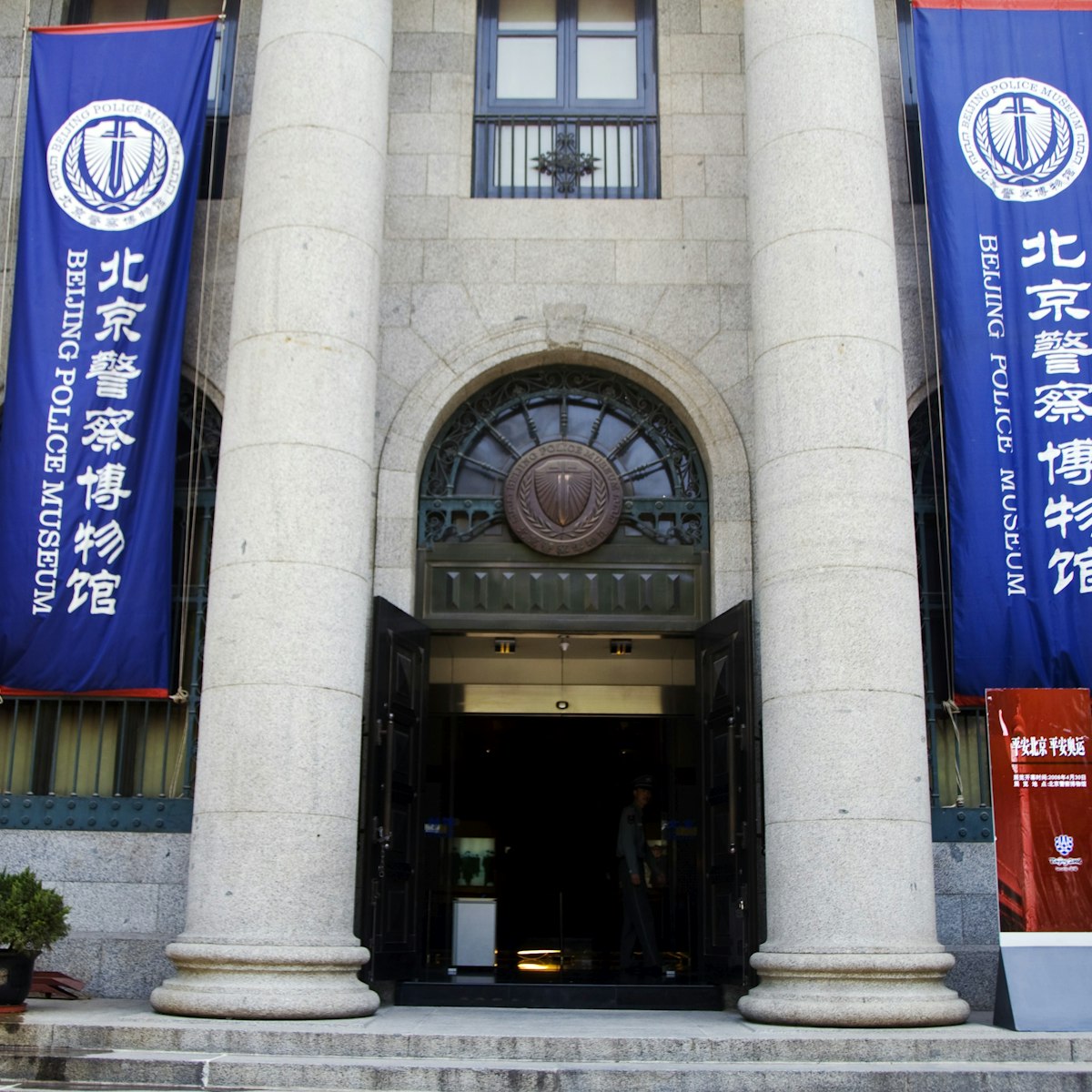
Forbidden City & Dongcheng Central
Propaganda notwithstanding, this is an engaging foray into the storied history of Beijing’s police force. Learn how China's first Security Bureau (PSB)…